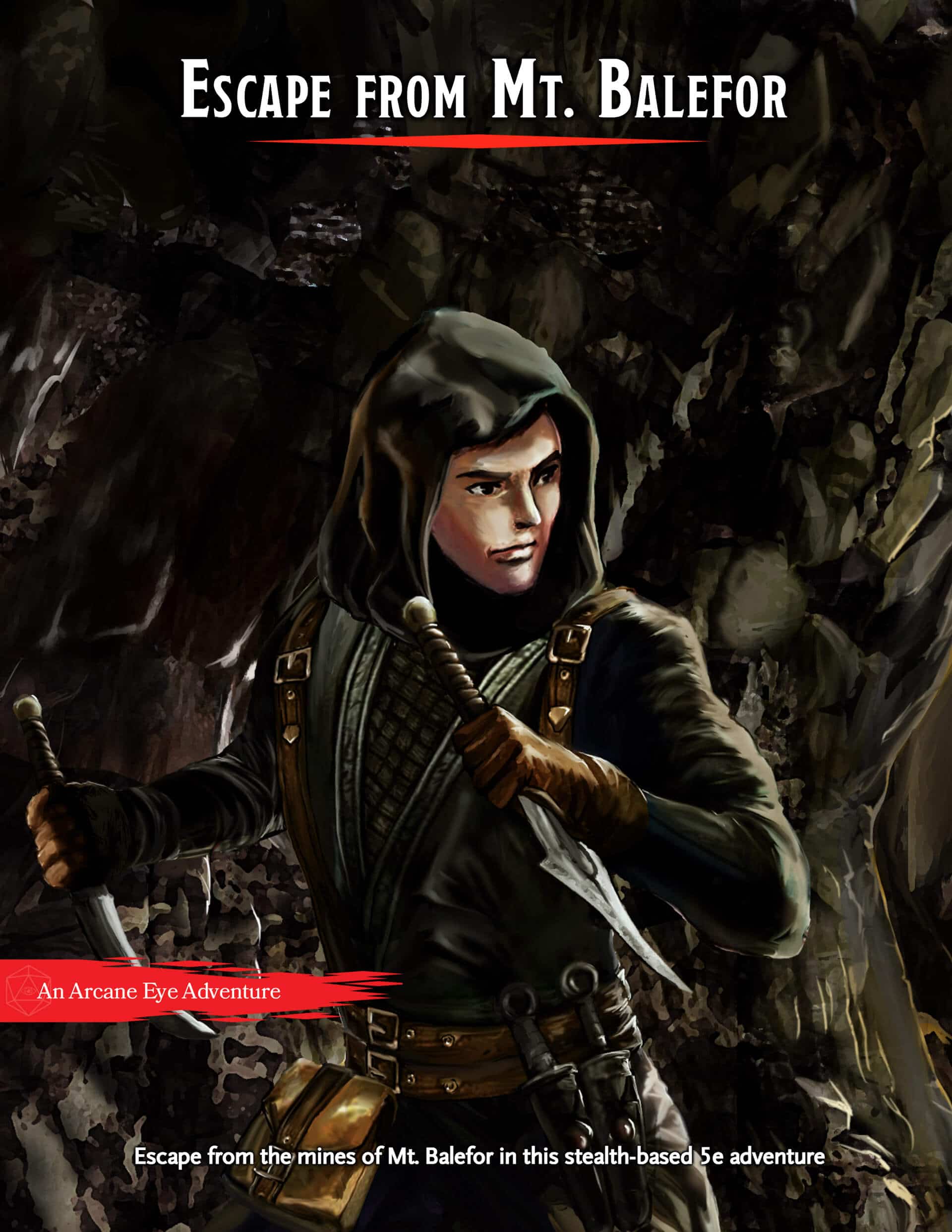Paralyzed 5e
Published on January 5, 2024, Last modified on February 9th, 2024
Explore the perilous effects of paralysis in D&D 5e, from combat to spellcasting, and learn tactical tips to handle this immobilizing condition.

Samuel Araya - Wizards of the Coast - Petrify
Table of Contents
Paralyzed in D&D 5e
Being paralyzed is one of the most deadly conditions in D&D. Unlike the prone condition, where your attacks and movement are hampered but easily resolved, being paralyzed in D&D 5e means you’re frozen in place, vulnerable, and at the mercy of your foes.
What is the Paralyzed Condition?
According to the Basic Rules, paralysis in D&D 5e brings about some serious setbacks:
Paralyzed
- A paralyzed creature is incapacitated and can’t move or speak.
- The creature automatically fails Strength and Dexterity saving throws.
- Attack rolls against the creature have advantage.
- Any attack that hits the creature is a critical hit if the attacker is within 5 feet of the creature.
Becoming paralyzed is perhaps the worst condition that can inflict a character in D&D 5e. It essentially makes a creature a sitting duck.
First off, you’re incapacitated, which means you can’t take actions or reactions.
Second, you can’t move or defend yourself, making you an easy target. The fact that any attack within 5 feet has advantage and is a critical hit adds a layer of peril, especially when facing brutish, melee-inclined enemies who are keen to exploit this vulnerability.
Lastly, you’re vulnerable to Strength or Dexterity saving throws, meaning you’re at the whim of creatures who want to grapple, shove, or roast you with their breath weapon.
Unconscious vs Paralyzed Condition
While both conditions share similarities, such as attack rolls having advantage and critical hits on close-range attacks, there are crucial differences:
- Consciousness: An unconscious character is not aware of their surroundings and cannot take actions or reactions. In contrast, a paralyzed character is fully aware of their environment and the events happening around them, despite their inability to act.
- Position: Unconscious characters are prone, which can impact their allies’ strategies and enemy attack plans. Paralyzed characters remain in the position they were in when paralyzed, which might not necessarily be prone.
- Duration and Recovery: Unconsciousness often results from reaching 0 hit points or specific spell effects, and recovery might require regaining hit points or waiting for a spell to end. Paralysis is usually caused by spells or monster abilities, and breaking free typically involves saving throws or external aid in the form of spellcasting.
Effects That Impose the Paralyzed Condition
Due to its debilitating effects, the paralyzed condition is difficult for player characters to apply to enemies. Granting advantage on attacks and auto crits can make short work of even the toughest enemies, which is why a PC’s choices to apply this condition are limited to hold person and hold monster.
Hold person’s effects may seem powerful for a 2nd-level spell, but being limited to affecting Humanoids reduces its impact. At 5th-level, hold monster has the ability to paralyze any creature type but has to compete with other powerful single-target debuffs, like banishment and polymorph.
Breaking Free from Paralysis
Escaping paralysis can be done by succeeding in a saving throw against the effect, but it can also be sorted with outside help, such as an ally casting lesser restoration, freedom of movement, or power word heal.
Monster Abilities that Cause Paralysis
In the diverse and dangerous world of D&D 5e, several monsters possess terrifying abilities to paralyze their victims. This mechanic adds a thrilling and often perilous element to encounters, requiring players to be on their guard and strategize effectively. Here are a few notable examples:
Beholder: One of the many eye rays of a beholder is the Paralyzing Ray. If a target fails a Constitution saving throw, they become paralyzed.
Carrion Crawler: These giant, worm-like creatures have tentacles that secrete a paralyzing poison. A hit from these tentacles and a failed constitution saving throw can lead to paralysis.
Ghoul: A ghoul’s claw attack can paralyze a target who fails a Constitution saving throw. This can make ghouls difficult to deal with for the low-level parties they’ll often be facing with their CR 1.
Poisonous Insects: Giant spiders, wasps, and centipedes all have paralyzing bites or stings that can paralyze creatures reduced to 0 hit points while poisoned. Think Frodo after his battle with Shelob in Return of the King.
Paralyzed 5e FAQs
Can a Paralyzed Creature Hold Concentration?
No. The paralyzed condition applies the incapacitated condition, which means you drop concentration on any ongoing spells.
Can a Paralyzed Creature Take Reactions or Bonus Actions?
No. The paralyzed condition applies the incapacitated condition, which prevents you from taking reactions or actions, including bonus actions.
Can I Dismiss a Spell While Paralyzed 5e?
Yes. You can dismiss a spell you're concentrating on at any time with no action required.
